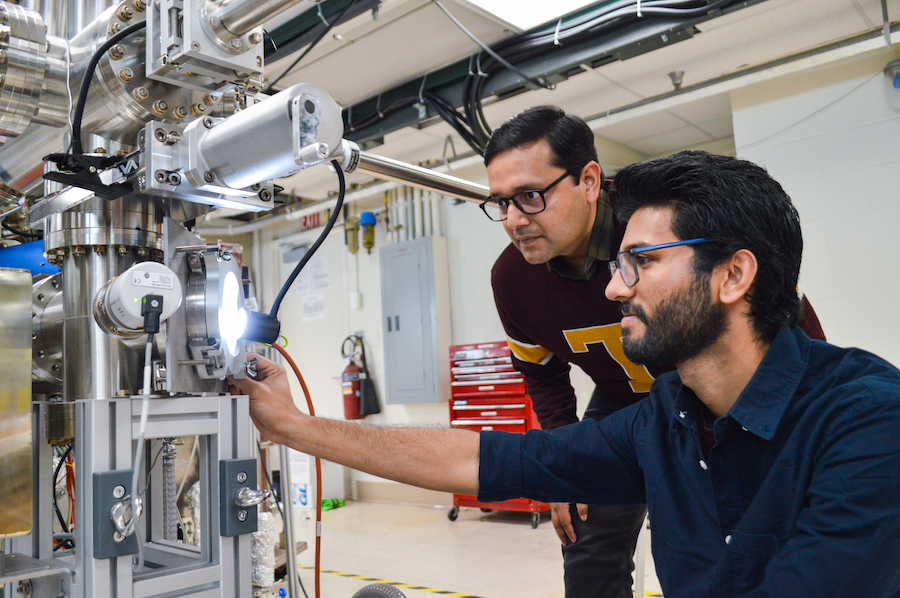A University of Minnesota Twin Cities-led team has developed a first-of-its-kind breakthrough method that makes it easier to create high-quality metal oxide films that are important for various next generation applications such as quantum computing and microelectronics.
